Huntley Blend Provides Support & Flexibility
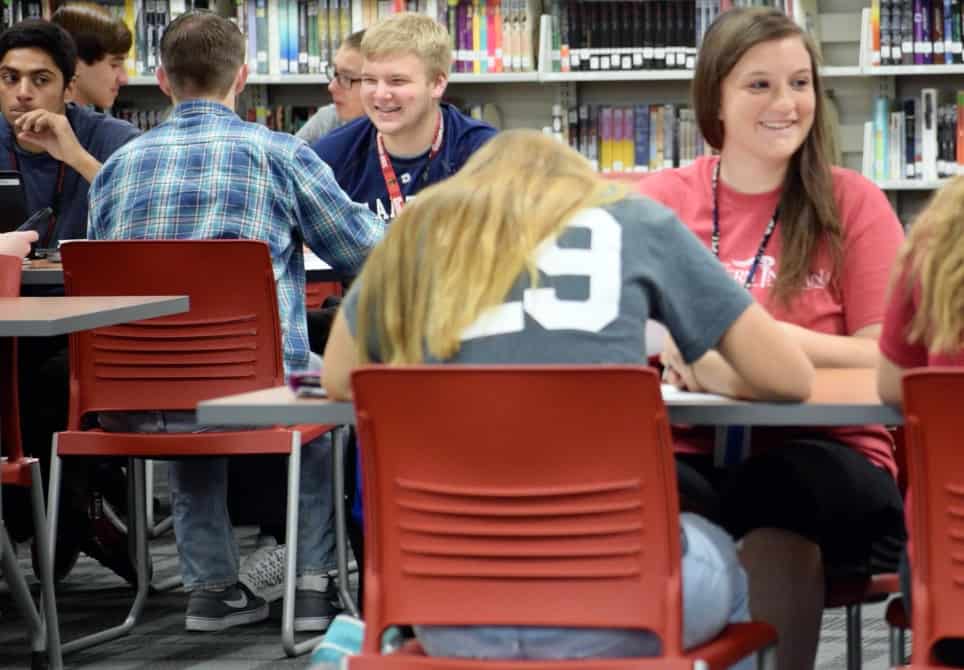
Forty minutes northwest of Chicago’s O’Hare airport strip malls give way to corn fields. The quaint downtown of an old farming community has been surrounded by new housing developments.
About 40,000 residents, many in search of great schools, live in the growing suburb and send 10,000 students to the Huntley Community School District 158.
“We’re a destination district, a place people choose to live,” said superintendent John Burkey. There are no private or charter schools in the district, and Burkey intends to keep it that way by encouraging excellence and innovation.
One example of Huntley innovation is the high school blended learning program. It started in 2011 with the initiative of three pilot teachers and a commitment to connectivity from district leadership.
High school principal Scott Rowe explains:
“We offer courses in a traditional, blended and online format to allow our students and their families to decide which delivery modality best suits their learning needs. Our blended classes meet at minimum twice per week with three days of online work. Our students have control over the time, place and pace at which they work because of this structure. When their class does not meet, they have the flexibility to work in our HUB (or as the traditional school would call the library), they can leave campus or meet with the teacher of their blended course for individualized learning assistance.”
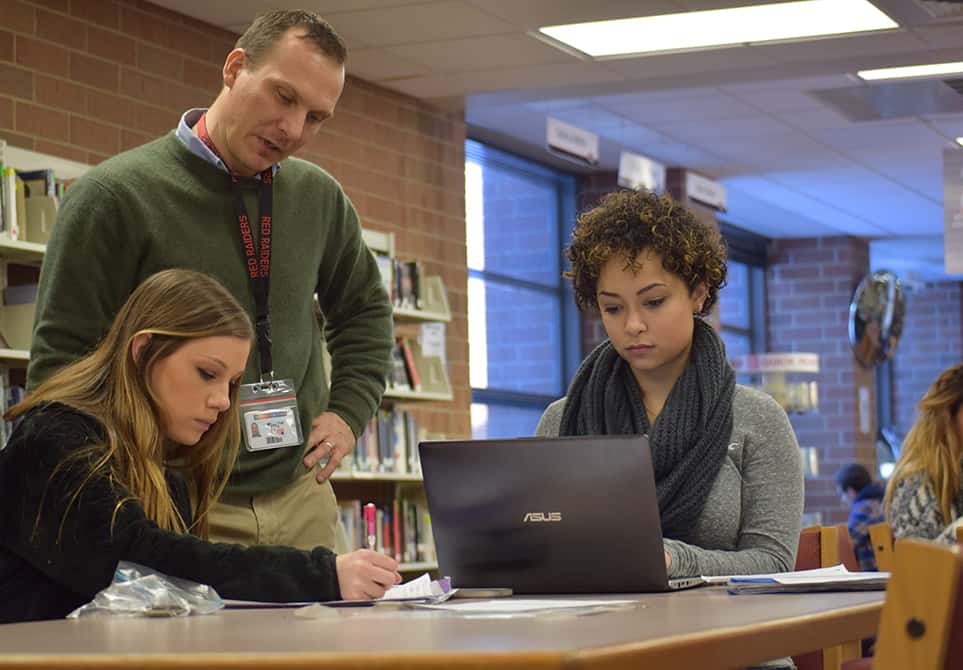
Teachers set the number of days needed from week to week depending on how the class is doing, or how individual students are progressing. “If a student falls to a failing grade, they are required to attend class to allow the teacher to work with them and diagnose the learning block and work to solve the problems,” adds Rowe. The safety net is an important part of the success of the program.
The flexible schedule improves student-teacher relationships. Rowe said teachers feel liberated and more connected to their students. “Imagine that–they see them in person fewer times per week but feel more connected to them because the quality of interaction has improved.”
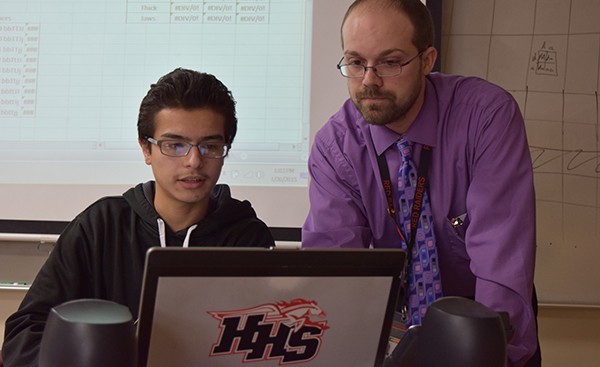
Students report increased motivation to work in a blended course because they own their learning more. “They are collaborating with their peers on projects more and teachers are beginning to assign production projects more, which all fit into the 21st century learning framework we are aiming to hit,” added Rowe.
A Hub for Learning
With the need to serve more students, Huntley High School was expanded. A gymnasium was converted into a learning hub—a combination library, study hall and project center.
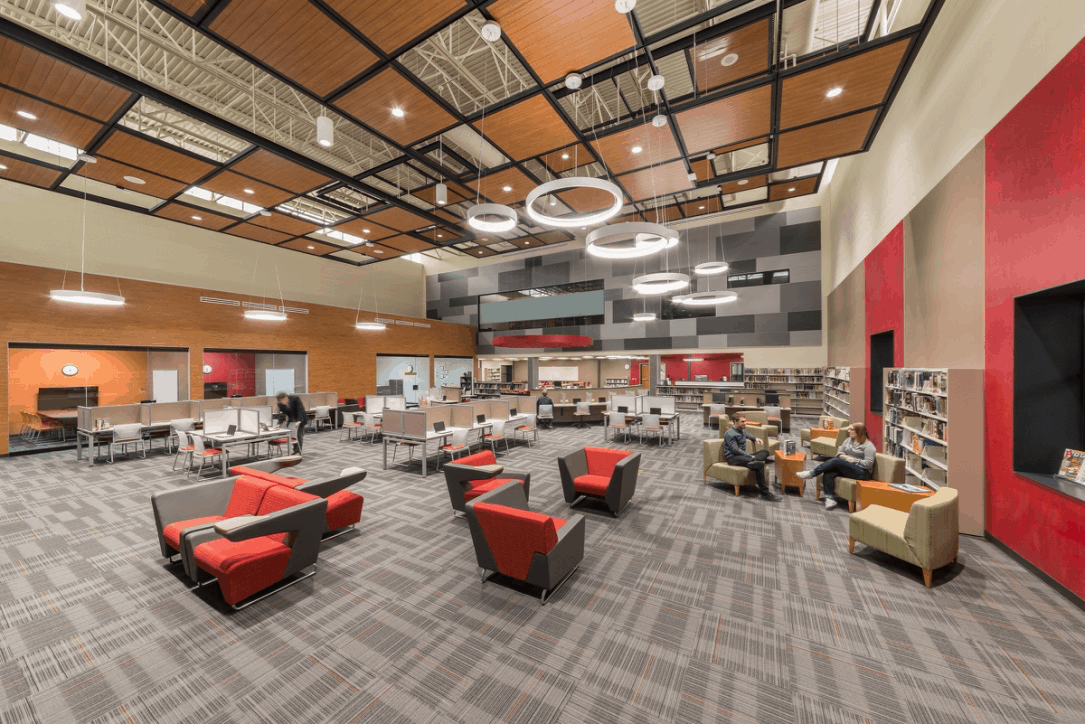
After the digital conversion, students did more research and reading online. “We got rid of two-thirds of the books,” said Burkey. Libraries in the district are staffed by literacy specialists.
The open space (pictured above) has a variety of workspaces (as does the updated cafeteria and common space) including couches, carousels and cubicles. With more than 1,500 high school students in classes that don’t require daily attendance, there was a requirement for more individual and team workspace (below).
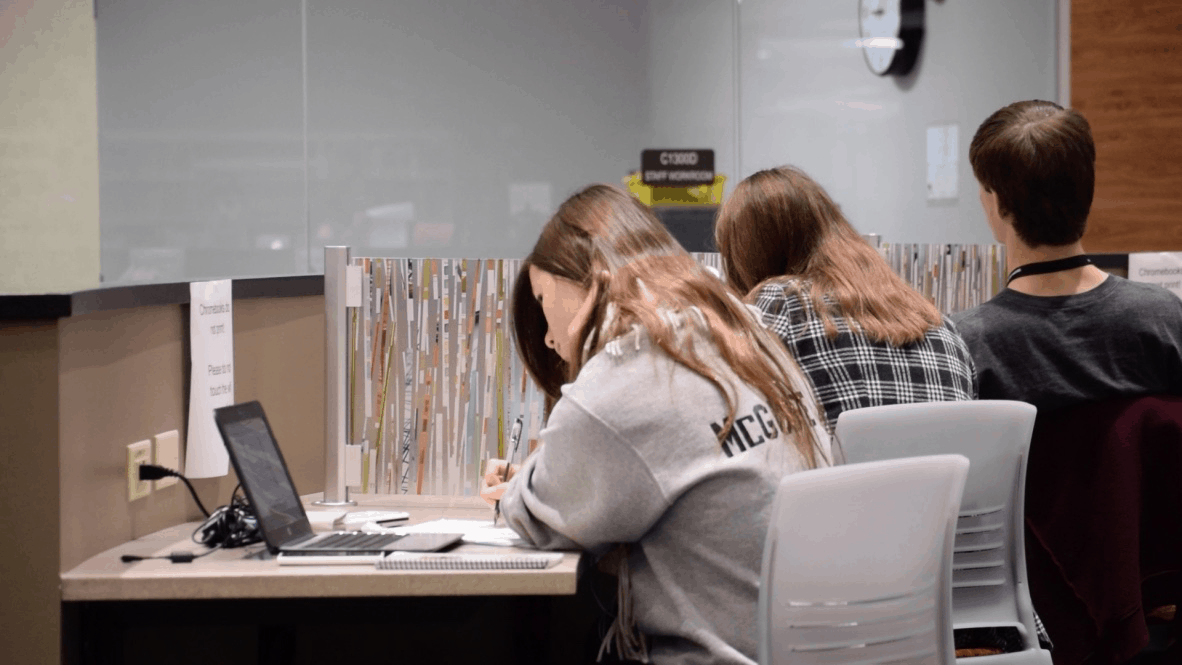
The open space in the Hub is surrounded by project rooms (pictured below) to support team-based assignments.
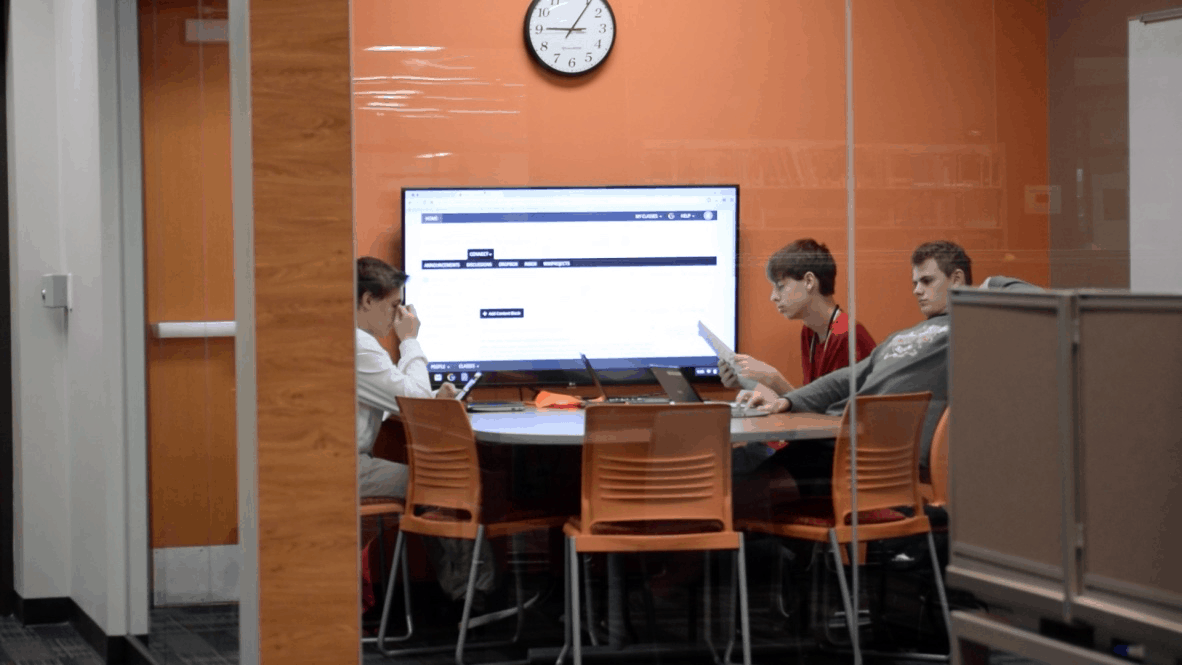
Upper-division students can also leave campus. “We struggled with how to monitor students leaving the building and returning while maintaining knowledge of who was here and who wasn’t if an emergency situation arose,” said Rowe. They use Hero, an application that monitors attendance and allows students to scan in and out of the building to track their location in case of an emergency.
“With freedom come responsibility,” said Chief Academic Officer Dr. Erika Schlichter. Huntley uses PBIS to support positive behavior (and has been recognized by PBIS as a featured school).
Sustained Leadership
Like many high-performing suburban districts, Huntley has benefited from a supportive school board and a superintendent who has been there for a decade (which our Smart Cities study found to be a key characteristic of innovating systems).
Unlike well-heeled Chicago suburbs, Huntly has a small tax base and only spends $9,200 per student. Despite relatively low funding, every K-12 student has a Chromebook.
Another prioritized investment was instructional support. Nineteen instructional coaches (including four at the high school) with a variety of backgrounds support teachers across the curriculum.
“Our journey with blended learning at Huntley High School continues to evolve,” said Rowe. “We are excited to be on the forefront of change, and we are a testament to the fact that innovation works in public schools!”
For more, see:
- Do You Have A Blended Learning Department? (Feature on Washington DC schools)
- Blended Learning Strategy: Small Groups and Stations (Featuring Bay Area schools)
- The Future of Blended Learning (iNACOL Symposium Podcast)
Stay in-the-know with all things EdTech and innovations in learning by signing up to receive the weekly Smart Update.


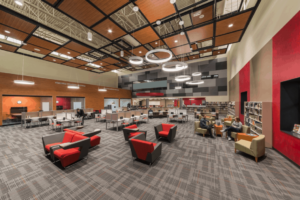
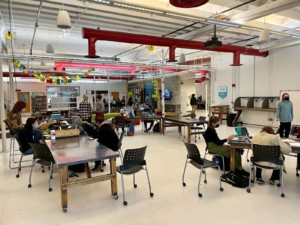
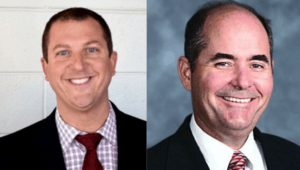
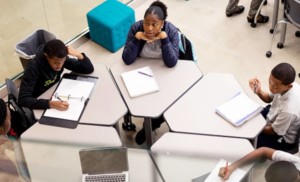
0 Comments
Leave a Comment
Your email address will not be published. All fields are required.